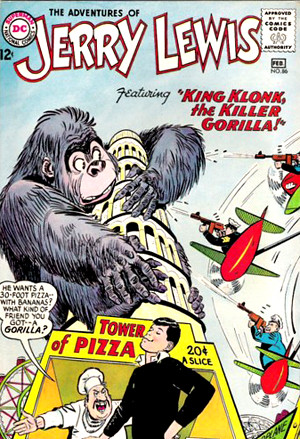Only one question keeps coming to mind when I read about the anti-critic sentiment expressed by the MyRagan team, the lack of communication and customer service that underpins Facebook, and (in contrast) the sending of flowers and the power of forgiveness. Is there any room for ‘high touch’ customer service in the rapid-fire world of the Internet or social media?
A few years ago, when I asked Curtis Nelson, president and CEO of Carlson Hospitality Worldwide, he certainly hoped so. He saw technology as a way to enhance guest expectations and the high touch service provided by hospitality employees.
“Information is an advantage, but informed decisions will depend on how much you know about your customers and how strong of a ‘high touch’ relationship they can establish,” Nelson said. “People make decisions (including purchases) based on emotion,” which is why customer service plays an increasing important role in terms of value and the profit of repeat customers.
In the hospitality industry, he wasn’t the only one who thought so. Virtually every executive I spoke to had the same message and similar warnings despite the fact that the hospitality industry was investing as much as 3.4 percent of its total annual revenue in technology at the time.
“Always remember, no amount of technology can provide guests an informed opinion,” offered Nicholas Mutton, then senior vice president of Four Seasons Hotels and Resorts.
Consistently, they all pointed to simultaneously increasing guest services and technology because they viewed such investments as a critical part of their and strategy of the operation. Now, a mere five years later, is it any wonder why hospitality continues to be one of the fastest-growing industries in the world.
Not only did hospitality have an ideal environment—one where more governments assist their tourism industries by consolidating efforts and collecting vertical and geographic buying patterns, trip motivations, and psychographic profiles (information made increasingly available because of technology)—but the best of them always remembered what so few seem to remember in the world of social media.
“Some things must remain very, very human,” said James Brown, then president of Rosewood Hotel & Resorts. “The last thing I would ever want to see at a concierge desk (for example) is a guest asking for a good Italian restaurant and someone looking it up on a computer. A concierge should know it — serving as the buffer between the technology.”
Given the advent of technology with social networks and various social media platforms, I can only imagine that those who remain vigilant in bridging the gap between high tech and high touch will be those left standing two or three years from now. In other words, once the excitement of something new erodes, the rush of new members begins to flatten, and the initial purchase based on emotion gives way to logical review, all that remains is the collective impressions created by the individual, firm, or company.
In the lead above, only one seemed to get it. For the other two, they might remember that as big as some companies or social networks might get, none is exempt from losing ground as fast as they gained it.

A few years ago, when I asked Curtis Nelson, president and CEO of Carlson Hospitality Worldwide, he certainly hoped so. He saw technology as a way to enhance guest expectations and the high touch service provided by hospitality employees.
“Information is an advantage, but informed decisions will depend on how much you know about your customers and how strong of a ‘high touch’ relationship they can establish,” Nelson said. “People make decisions (including purchases) based on emotion,” which is why customer service plays an increasing important role in terms of value and the profit of repeat customers.
In the hospitality industry, he wasn’t the only one who thought so. Virtually every executive I spoke to had the same message and similar warnings despite the fact that the hospitality industry was investing as much as 3.4 percent of its total annual revenue in technology at the time.
“Always remember, no amount of technology can provide guests an informed opinion,” offered Nicholas Mutton, then senior vice president of Four Seasons Hotels and Resorts.
Consistently, they all pointed to simultaneously increasing guest services and technology because they viewed such investments as a critical part of their and strategy of the operation. Now, a mere five years later, is it any wonder why hospitality continues to be one of the fastest-growing industries in the world.
Not only did hospitality have an ideal environment—one where more governments assist their tourism industries by consolidating efforts and collecting vertical and geographic buying patterns, trip motivations, and psychographic profiles (information made increasingly available because of technology)—but the best of them always remembered what so few seem to remember in the world of social media.
“Some things must remain very, very human,” said James Brown, then president of Rosewood Hotel & Resorts. “The last thing I would ever want to see at a concierge desk (for example) is a guest asking for a good Italian restaurant and someone looking it up on a computer. A concierge should know it — serving as the buffer between the technology.”
Given the advent of technology with social networks and various social media platforms, I can only imagine that those who remain vigilant in bridging the gap between high tech and high touch will be those left standing two or three years from now. In other words, once the excitement of something new erodes, the rush of new members begins to flatten, and the initial purchase based on emotion gives way to logical review, all that remains is the collective impressions created by the individual, firm, or company.
In the lead above, only one seemed to get it. For the other two, they might remember that as big as some companies or social networks might get, none is exempt from losing ground as fast as they gained it.






















